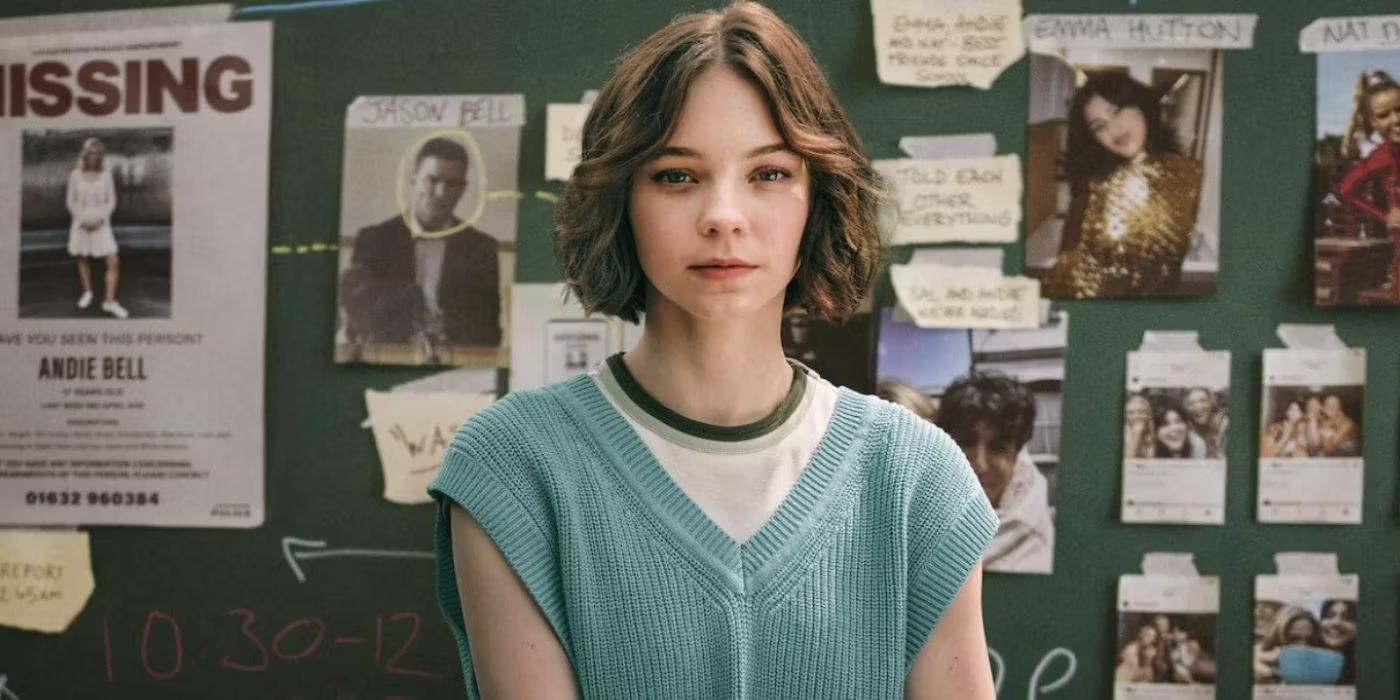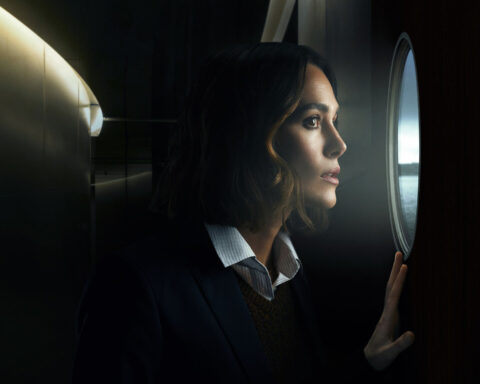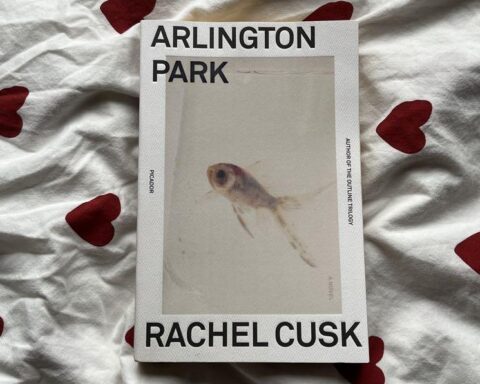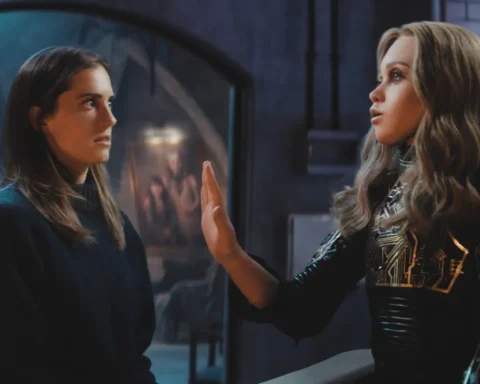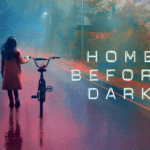The Charm of a Murder Mystery
There’s something uniquely captivating about a good murder mystery. The blend of suspense, the thrill of the chase, the cerebral unraveling of clues – it all comes together to keep us on the edge of our seats, hearts pounding, as we try to figure out whodunit before the final reveal. Holly Jackson’s bestselling book series, “A Good Girl’s Guide to Murder,” exemplifies this allure perfectly, drawing readers into a world of intrigue and danger through the eyes of the intrepid Pip Fitz-Amobi. Now, with the recent TV adaptation starring the talented Emma Myers, fans and newcomers alike are set to experience this gripping story in a whole new light.
Introducing Emma Myers: The Perfect Pip
When news broke that Emma Myers would be stepping into the role of Pip Fitz-Amobi, the reaction was overwhelmingly positive. Myers, best known for her roles in various indie films and television shows, brings a unique blend of vulnerability and tenacity to the character. Her portrayal captures the essence of Pip – a young woman driven by curiosity and a dogged determination to uncover the truth, no matter the cost.
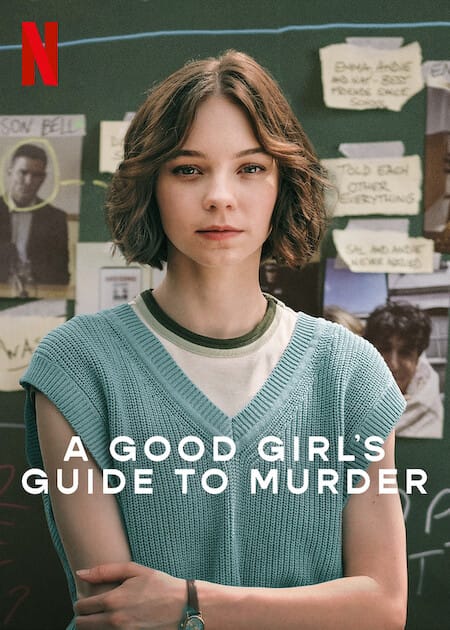
From Page to Screen: The Transition
Adapting a beloved book series to television is no easy feat. Fans have high expectations, often possessing a clear vision of their favorite characters and scenes. Holly Jackson’s “A Good Girl’s Guide to Murder” is particularly challenging due to its intricate plot and rich character development. However, the transition from page to screen has been handled with care, retaining the core elements that made the book series a hit while also introducing new dimensions that take advantage of the visual medium.
Faithful to the Source Material
One of the standout aspects of the TV adaptation is its faithfulness to the source material. The series stays true to the book’s central plot, following Pip as she re-examines a closed murder case in her small town. The murder of schoolgirl Andie Bell, pinned on her boyfriend Sal Singh, has left the town in a state of uneasy acceptance. But Pip, convinced that Sal was innocent, begins her own investigation, uncovering dark secrets and putting herself in considerable danger.
Emma Myers’ portrayal of Pip is spot-on, capturing her intelligence, stubbornness, and courage. The show’s creators have clearly taken the time to understand what makes Pip tick, ensuring that her transition from book to screen feels seamless.
Expanding the World
While the TV series remains loyal to the books, it also takes the opportunity to expand the world Holly Jackson created. Television, with its visual and auditory capabilities, allows for a deeper exploration of the setting and supporting characters. The small town of Little Kilton comes to life, its idyllic facade hiding a labyrinth of secrets and lies. The series delves into the backstories of secondary characters, adding depth and complexity to the narrative.
The character of Ravi Singh, for example, is given more screen time and development. Ravi, Sal’s brother, becomes Pip’s ally in her quest for the truth. The chemistry between Emma Myers and the actor playing Ravi adds a new layer of emotional intensity to the story, enhancing the stakes and making their journey even more compelling.




Visual Storytelling: Enhancing the Suspense
One of the biggest advantages of a TV adaptation is the ability to use visual storytelling to enhance suspense. The series employs a variety of cinematic techniques to build tension and keep viewers engaged. From moody lighting and atmospheric music to cleverly timed reveals and cliffhangers, the showrunners have crafted a visually arresting experience that complements the narrative’s twists and turns.
The use of flashbacks is particularly effective, providing glimpses into the events leading up to Andie’s murder and Sal’s subsequent downfall. These flashbacks are seamlessly integrated into the present-day storyline, offering viewers crucial pieces of the puzzle while maintaining the overall sense of mystery.
Character Evolution: Pip’s Journey
A key strength of both the book series and the TV adaptation is the character evolution of Pip Fitz-Amobi. In the books, readers witness Pip’s transformation from a curious high school student to a determined investigator, willing to risk everything for the sake of justice. Emma Myers’ portrayal captures this evolution beautifully, showing Pip’s growth in confidence and resilience as she navigates increasingly dangerous waters.
The show also highlights Pip’s personal struggles, adding layers to her character. Her relationships with family and friends are explored in greater depth, providing a more comprehensive view of her life outside the investigation. This holistic approach to character development makes Pip relatable and endearing, ensuring that viewers are fully invested in her journey.
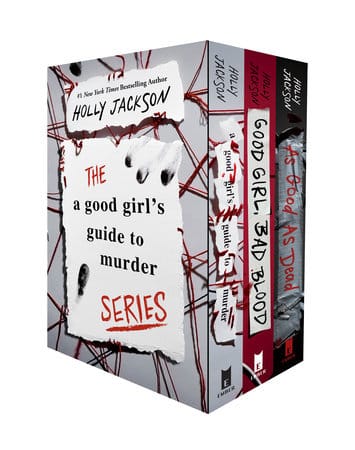

Comparing the Book Series and TV Show
While the TV adaptation of “A Good Girl’s Guide to Murder” remains faithful to the essence of Holly Jackson’s books, there are inevitably some differences between the two mediums. Here are a few key areas where the book series and TV show diverge:
Pacing and Structure
The book series is meticulously plotted, with each chapter carefully crafted to reveal new information and advance the story. Readers are privy to Pip’s inner thoughts and investigative process, which unfolds at a deliberate pace. The TV show, on the other hand, condenses the timeline to fit the episodic format. This results in a faster pace, with events unfolding more quickly to maintain viewer engagement. While this can sometimes lead to a loss of nuance, it also keeps the momentum high and ensures that each episode ends on a tantalizing note.

Characterization and Development
While the core characters remain consistent between the book and the show, the TV adaptation takes the liberty of expanding on certain personalities and relationships. Ravi Singh, as mentioned earlier, receives more screen time, allowing for a deeper exploration of his motivations and feelings. Similarly, Pip’s interactions with her friends and family are given more prominence, adding emotional weight to the narrative.
The show’s creators have also introduced new characters and subplots to enrich the story. These additions are generally well-integrated, enhancing the complexity of the plot without straying too far from the original material.
Visual and Auditory Elements
One of the most significant differences between the book series and the TV show is the use of visual and auditory elements to convey the story. The books rely on descriptive prose to create atmosphere and tension, while the TV show uses cinematography, music, and sound design to achieve the same effect. The visual medium allows for a more immersive experience, with viewers able to see the characters and settings come to life. The eerie score and strategic use of silence heighten the suspense, making the mystery feel more immediate and visceral.

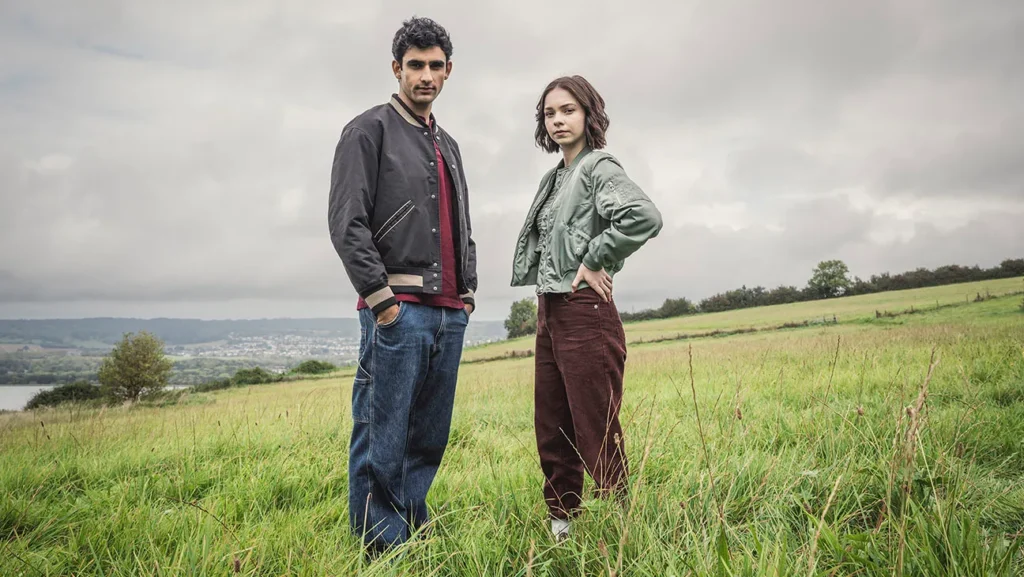

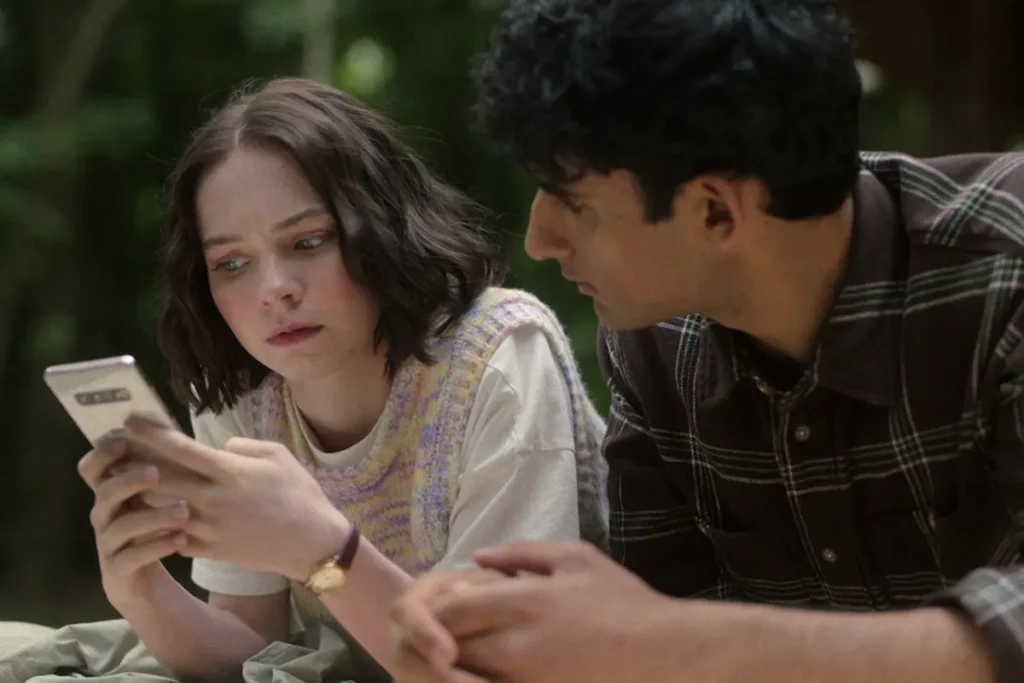
The Impact of Emma Myers’ Performance
A discussion about the TV adaptation wouldn’t be complete without acknowledging the impact of Emma Myers’ performance as Pip Fitz-Amobi. Myers brings a nuanced portrayal to the character, balancing Pip’s determination with moments of vulnerability. Her chemistry with the rest of the cast, particularly with the actor playing Ravi, adds an extra layer of believability to the relationships on screen.
Myers’ dedication to the role is evident in her performance, capturing Pip’s journey from a curious student to a seasoned investigator. Her ability to convey emotion through subtle expressions and body language ensures that viewers are fully invested in Pip’s quest for justice.
Feminism in A Good Girl’s Guide to Murder
Feminism in the Book Series
Holly Jackson’s “A Good Girl’s Guide to Murder” is more than just a thrilling mystery; it’s also a commentary on feminism and the challenges faced by women in society. Pip Fitz-Amobi embodies a strong, intelligent, and independent young woman who refuses to accept the status quo. She challenges the male-dominated power structures in her town, determined to uncover the truth despite societal pressures to stay silent.
The book series highlights the importance of female agency and empowerment. Pip’s journey is a testament to the strength and resilience of women who fight against injustice. Jackson doesn’t shy away from portraying the harsh realities that women face, from victim-blaming to systemic sexism, and she uses Pip’s story to inspire readers to question and confront these issues.
Feminism in the TV Adaptation
The TV adaptation of “A Good Girl’s Guide to Murder” continues to emphasize these feminist themes, bringing them to the forefront through Emma Myers’ portrayal of Pip. The series visually and narratively reinforces Pip’s role as a feminist icon. Her interactions with other female characters, her resistance to being dismissed or belittled by male authority figures, and her unwavering determination to seek justice all serve to highlight the show’s feminist undertones.
The adaptation also expands on the feminist commentary by exploring the experiences of other female characters in greater depth. Andie Bell’s story, for example, is given more context, shedding light on the pressures and expectations placed on young women. The show uses these narratives to critique societal norms and encourage viewers to reflect on issues of gender equality and justice.

The Role of Literature in Feminist Commentary
“A Good Girl’s Guide to Murder” is part of a broader tradition of feminist literature that seeks to challenge and redefine societal norms. Throughout history, literature has been a powerful tool for feminist commentary, offering a platform for voices that are often marginalized. From the works of Mary Wollstonecraft and Virginia Woolf to contemporary authors like Margaret Atwood and Chimamanda Ngozi Adichie, feminist literature has played a crucial role in shaping cultural and social discourse.
Holly Jackson’s series contributes to this tradition by presenting a strong female protagonist who confronts and dismantles patriarchal structures. The story encourages readers to question the status quo and to recognize the importance of women’s voices in the fight for justice and equality.
Comparing Feminist Themes: Book vs. TV Show
While both the book series and the TV adaptation of “A Good Girl’s Guide to Murder” address feminist themes, the mediums allow for different approaches to these topics. The books offer a more introspective look at Pip’s thoughts and motivations, providing readers with a deep understanding of her feminist perspective. Jackson’s writing delves into Pip’s internal struggles and the societal challenges she faces, offering a nuanced exploration of feminist issues.
The TV show, on the other hand, uses visual storytelling to convey feminist themes. The portrayal of Pip as a strong, determined young woman is reinforced through her actions and interactions with other characters. The series also benefits from the ability to show rather than tell, using visual cues and directorial choices to emphasize feminist messages.

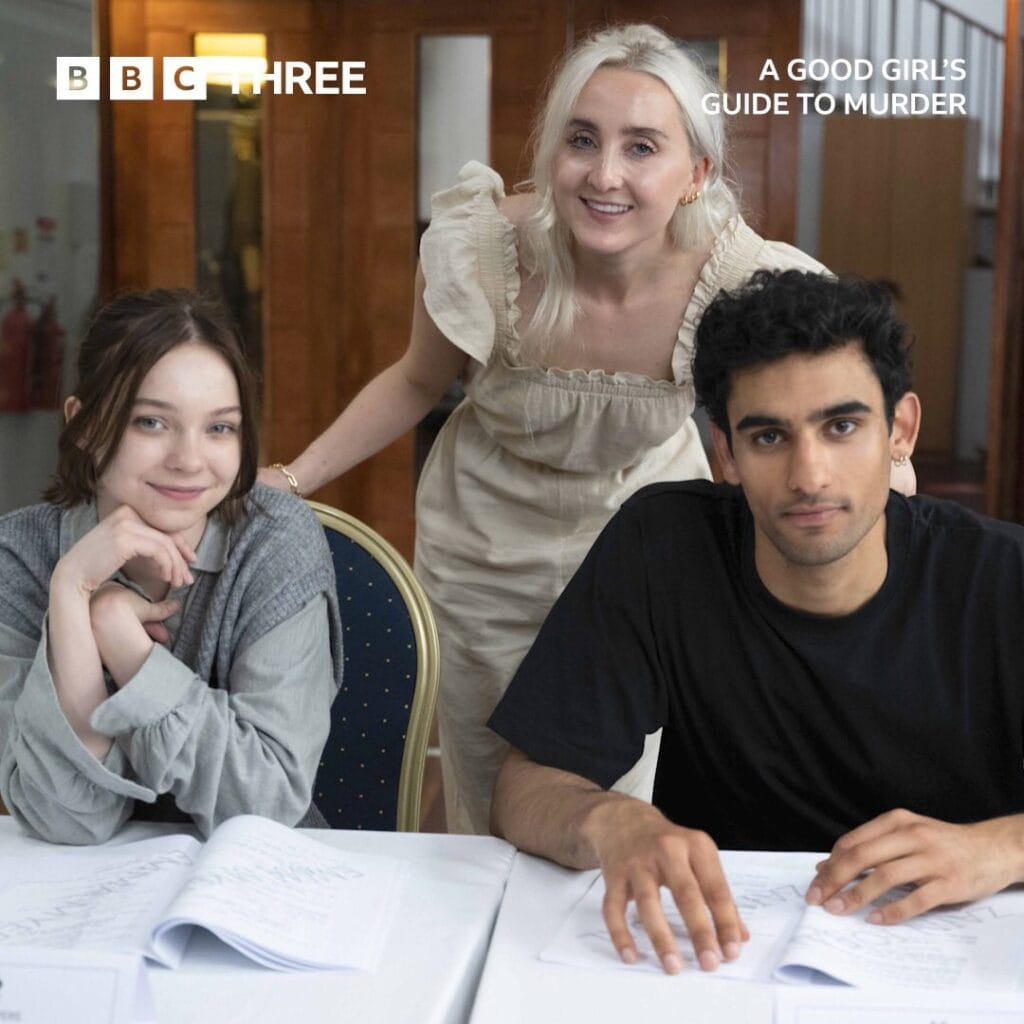
The Legacy of “A Good Girl’s Guide to Murder”
The impact of “A Good Girl’s Guide to Murder” extends beyond its success as a mystery series. Both the books and the TV adaptation contribute to ongoing conversations about feminism, justice, and the role of women in society. Pip Fitz-Amobi serves as an inspiring example of what it means to challenge the status quo and fight for what is right, even in the face of adversity.
As Emma Myers brings Pip to life on screen, she helps to amplify these important messages, reaching a wider audience and inspiring viewers to think critically about the issues presented. The legacy of “A Good Girl’s Guide to Murder” is one of empowerment, encouraging readers and viewers alike to embrace their inner strength and stand up for justice.
Conclusion
Emma Myers’ portrayal of Pip Fitz-Amobi in the TV adaptation of “A Good Girl’s Guide to Murder” is a testament to her talent and dedication as an actress. Her performance captures the essence of Pip, bringing the character to life in a way that resonates with fans of the book series and new viewers alike. The adaptation remains faithful to Holly Jackson’s original work while also taking advantage of the visual medium to enhance the storytelling.
At its core, “A Good Girl’s Guide to Murder” is more than just a mystery; it’s a powerful commentary on feminism and the fight for justice. Both the book series and the TV show highlight the importance of female agency and empowerment, using Pip’s journey to inspire and provoke thought. Emma Myers’ portrayal adds depth and nuance to these themes, ensuring that the story’s impact is felt long after the final credits roll.
As we look ahead to future projects and continued success, Emma Myers’ performance in “A Good Girl’s Guide to Murder” will undoubtedly remain a standout moment in her career, solidifying her status as a rising star and a powerful voice in the entertainment industry.
